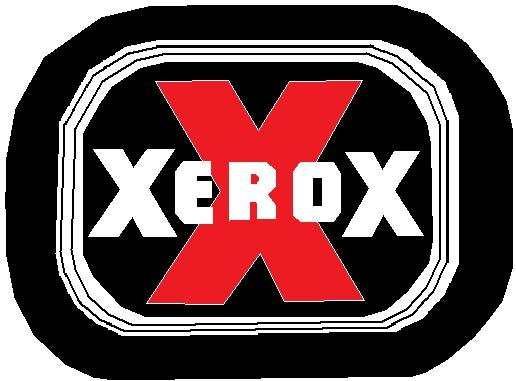Silicon Valley is notoriously competitive. Many of the best tech talents jump around from one company to another, often many times over. Still others leave established companies altogether to start new ventures of their own.
One challenge for those founders, however, is convincing talented and well-paid workers to join their upstart firm. Nick Weaver, CEO and co-founder of home networking company Eero, has managed to pull this off. His company, which has raised more than $40 million in funding, boasts a roster packed with veterans from Apple, Google, Twitter, and Amazon’s Lab126, to name a few. Eero’s new router, meanwhile, was designed by Fred Bould, whose profile also includes Nest’s thermostat and smoke detector as well as Roku’s set-top TV box.
According to Weaver, the secret to getting the best workers to join your staff is simple: Get to know them.
“I think in the recruitment process, a lot of people are pretty transactional,” says Weaver. “And if you really take the time to get to know people, you have a materially different outcome.”
That sounds simple enough, but it can take lots of time to build real connections with potential hires. That’s especially true if you don’t already have some kind of relationship with them.
“Some people on the [Eero] team, I’ve been getting to know for years,” says Weaver. “The people you hire end up not being short-term relationships, but they end up being relationships that you build over the course of years, if not decades.”
If you’re eyeballing someone in particular for your team, Weaver advises tracking down a mutual friend. “Go find a personal connection to that individual,” he says. “It’s a pretty small world and you’re typically only one degree away from just about anybody.”
See Your Favorite Tech Companies’ First Logos








One more crucial recruitment step, per Weaver: Communicating your company’s mission and growth strategy. “One thing you do as an entrepreneur is you’re constantly telling the story of your company,” says Weaver. “So you have to get really good at articulating it succinctly, and get people to understand that this is really going to be bigger than what it appears to be on the surface.”
More Must-Reads From TIME
- The 100 Most Influential People of 2024
- The Revolution of Yulia Navalnaya
- 6 Compliments That Land Every Time
- What's the Deal With the Bitcoin Halving?
- If You're Dating Right Now , You're Brave: Column
- The AI That Could Heal a Divided Internet
- Fallout Is a Brilliant Model for the Future of Video Game Adaptations
- Want Weekly Recs on What to Watch, Read, and More? Sign Up for Worth Your Time
Contact us at letters@time.com